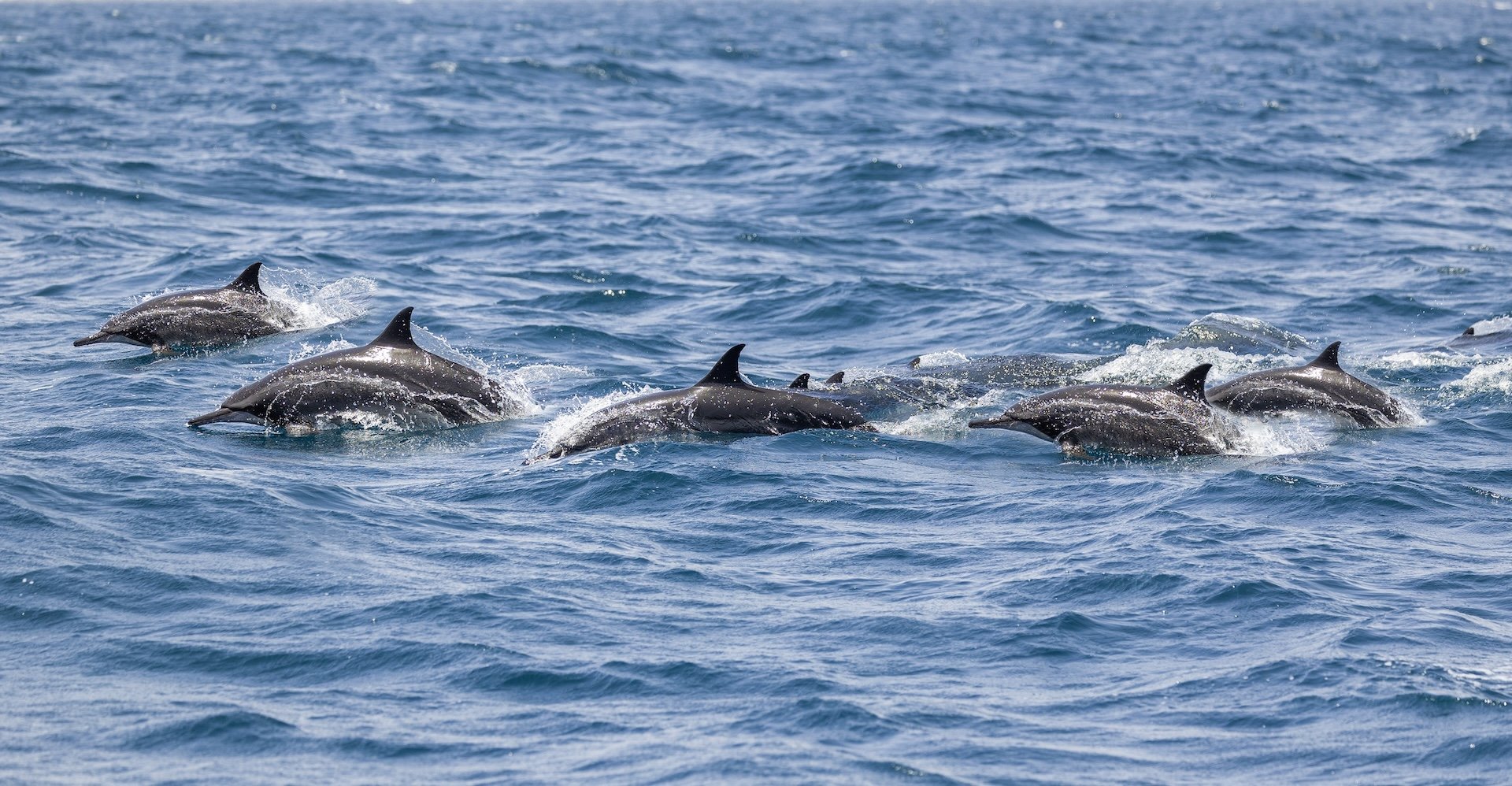Over 125 dolphins were rescued after one of the largest mass stranding events on Cape Cod, Massachusetts, according to a report by Good News Network.
Local marine conservation organizations first received word that 10 Atlantic white-sided dolphins were spotted close to shore near Wellfleet. However, when the team of responders arrived, they counted over 100 dolphins that needed rescuing.
The rescuers faced extreme challenges upon arriving on the scene. On top of being spread out across a wide area, the dolphins were also stuck in the mud, making it difficult for the rescuers to safely guide the animals back into deeper waters.
"It was a 12-hour exhausting response in the unrelenting sun, but the team was able to overcome the various challenges and give the dolphins their best chance at survival," said Misty Niemeyer, stranding coordinator at the International Fund for Animal Welfare, per the Good News Network.
Despite these conditions and challenges, the conservation groups estimate that they were able to rescue 137 dolphins. Led by IFAW, over 150 trained volunteers from a variety of conservation groups — including AmeriCorps of Cape Cod, the Whale and Dolphin Conservation, the New England Aquarium, the Center for Coastal Studies, and the Wellfleet harbormaster — assisted with the rescue mission.
In a press release, IFAW noted that the situation was the largest single mass stranding in their 26-year history on Cape Cod.
The dolphins were stranded on the Great Island in Wellfleet along the Herring River, an area that has been notoriously labeled "The Gut" because of its frequent strandings. While the rescuers do not know why so many dolphins were stranded here at once, scientists believe this area's hook-like shape and extreme tidal changes make it prone to strandings.
Human-driven factors, such as underwater noise pollution, can also result in animal strandings along the coast.
With a typical survival rate of 70%, the response and rescue efforts were a successful mission that ultimately helped save the stranded dolphins and protect the area's fragile ecosystem.
Since dolphins are at the top of the marine food chain, they play an important role in balancing underwater species. As a result, mass strandings like this not only threaten the dolphin population but also have the potential to threaten the populations of other marine life.
"This stranding response was a tremendous effort for our staff, volunteers, and partners over multiple days," IFAW Communications Director Stacey Hedman told U.S. News.
Join our free newsletter for cool news and cool tips that make it easy to help yourself while helping the planet.









